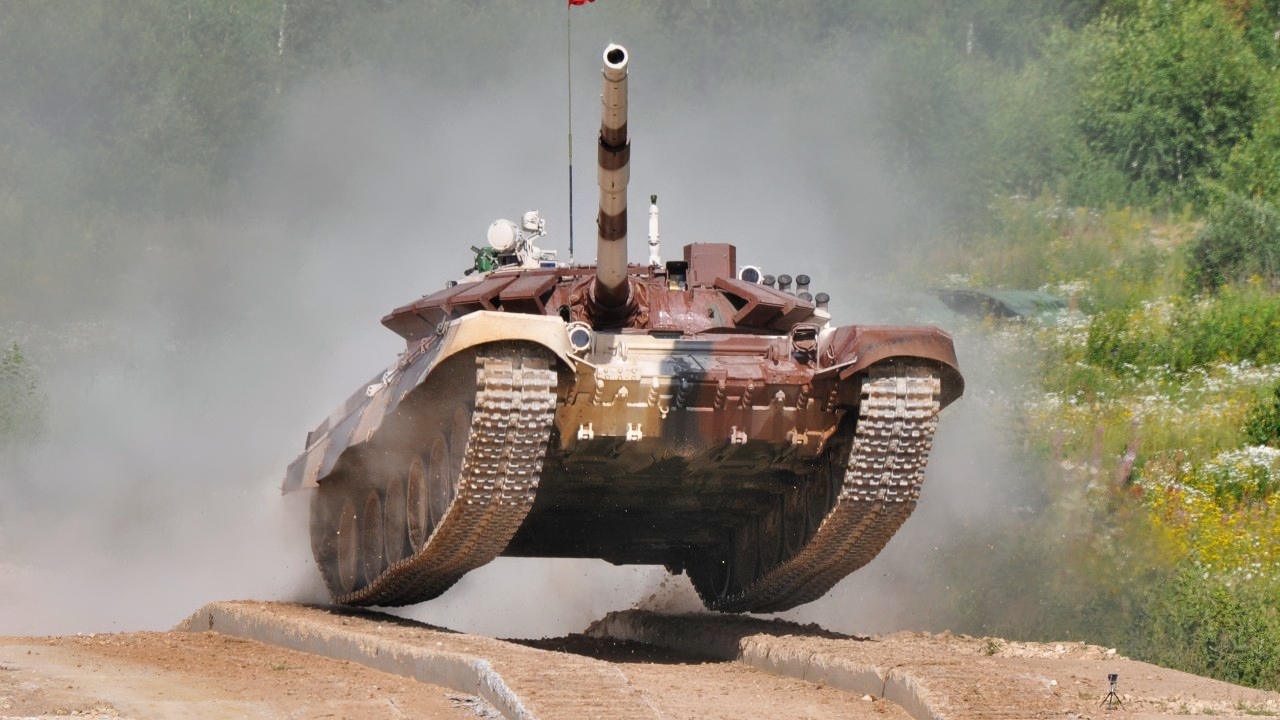Key Points and Summary – Leaked Russian defense industry documents reveal an ambitious 10-year plan to rebuild Moscow’s tank fleet, aiming to produce over 2,600 new and modernized tanks between 2026 and 2036.
-This challenges previous, lower Western estimates of Russia’s industrial capacity.

Russian T-90M Tank. Image Credit: Creative Commons.
-The plan prioritizes mass production of the T-90M, including a new T-90M2 variant, and the extensive modernization of older T-72s.
-Conspicuously absent from the procurement plans is the next-generation T-14 Armata, signaling a strategic choice to focus on proven, scalable designs to restore Russia’s armored strength after devastating losses in Ukraine.
Russia’s Great Tank Reboot Has Begun
Documents obtained this October from within Moscow’s defense industry suggest Moscow has ambitious plans to fully restore the Russian Army’s fleet of main battle tanks to its prewar strength. The exposed communications reveal sourcing of components sufficient to deliver 2,600 tanks between 2026 and 2036, including more than 1,700 of the latest T-90M main battle tank.
The documents also seem to suggest a new T-90M2 tank type will begin limited-scale production in 2026.
These revelations follow the confirmed loss of more than 4,000 tanks in combat since Russia began its full-scale invasion of Ukraine in 2022—a total that exceeds the roughly 3,000 tanks Russia’s military had in active service before the invasion. To compensate, Russia has reactivated thousands of retired Soviet tanks from storage—many of them in very poor conditions.
There are nuances to consider in the fine print. Of the 2,611 tank parts countable in the documents, the patchy data suggest at most 55% (but likely fewer) will go to newly built tanks. On the other hand, since the documents don’t cover most tank production in 2026, perhaps 200-400 more tanks should actually be added to the total.
6/ At least 10 new T-90M2 tanks are scheduled for 2026, but production surges from 2027, peaking in 2028 with 428 T-90M and T-90M2 units, a near 80% jump from 2024. Between 2027–2029, Russia plans to produce, overhaul and modernize 1,118 T-90M and T-90M2 tanks pic.twitter.com/25colW2qzt
— Tatarigami_UA (@Tatarigami_UA) October 11, 2025
The production rates implied may seem unrealistic based on earlier assessments of Russian capacity to build 100-120 T-90Ms annually. But more recent analyses suggest Russia was building greater numbers of T-90Ms all along.
“I think that new and modernized production of T-90M tanks is likely to be much closer to the 240 figure than the 120 figure [for tanks per year],” Dr. Michael Kofman, A Senior Fellow at the Carnegie Endowment, told National Security Journal. “While some are modernized T-90As, a range of sources put new production as quite higher than previously thought.”
Tanks have played a smaller role in Russia’s invasion of Ukraine since 2023 due to withering interdiction by kamikaze drones. Even using more conservative tactics, combat deployment of Russian tanks decreased considerably in 2025.
But the new orders suggest Moscow believes tanks remain vital for potential future conflicts despite their limitations on Ukraine’s frontlines today—and that it wants to rebuild its tank force to at least its pre-war size. Tanks may remain more effective in the early, fluid phases of a potential conflict with NATO—before a continuous, densely fortified frontline is established.
Where do these documents come from, and what do they say exactly?
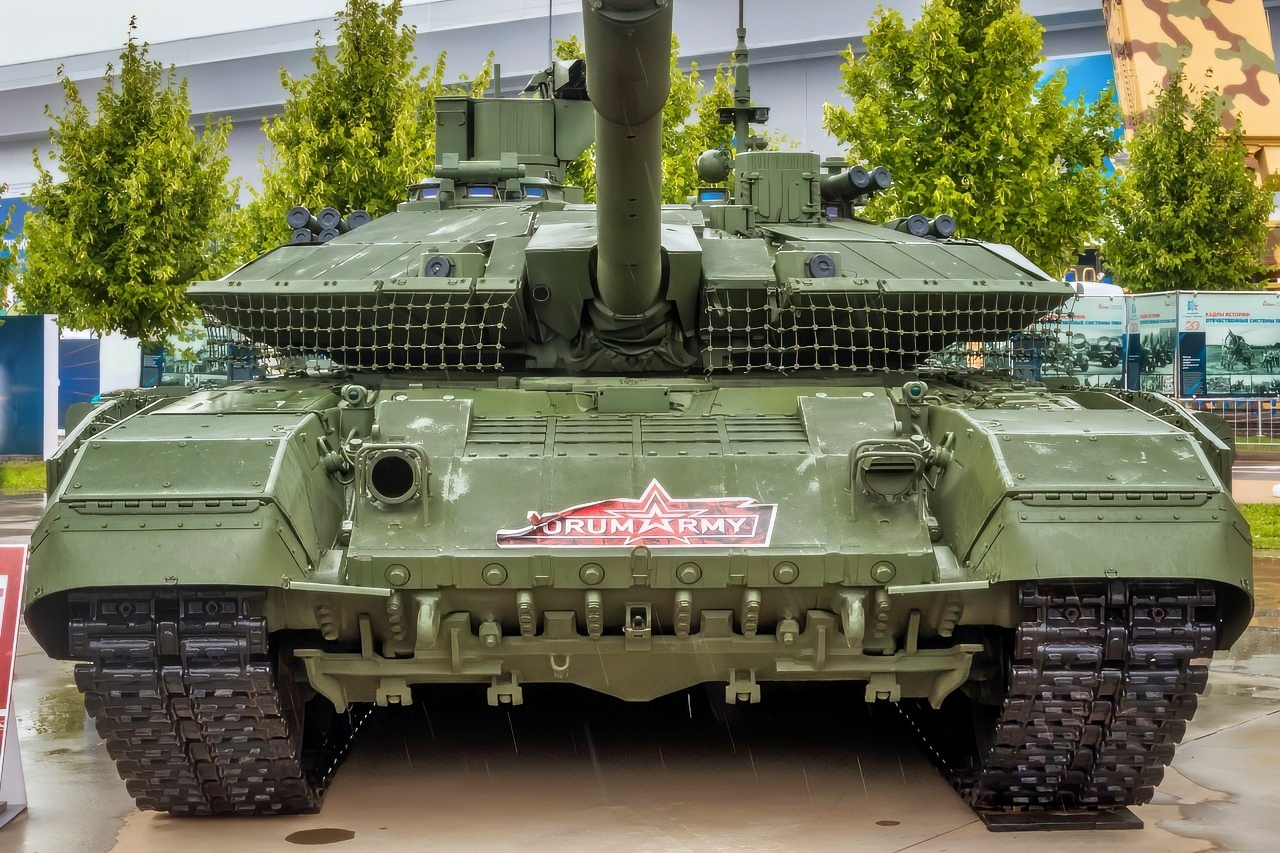
T-90M Russian Army. Image Credit: Creative Commons.
Frontelligence Insights, a group formed by a former Ukrainian officer with a track record of investigations into Russia’s defense sector, apparently obtained internal communications transmitted by tank manufacturer Uralvagonzavod to the Zagorsk Optical-Mechanical Plant, a builder of key subcomponents.
The documents outline 10-year procurement schedules, most notably for IS-445 engine RPM sensors that are coded either as newly produced, upgrades or total overhauls. (That means the parts aren’t simply feeding spare parts stockpiles.)
As each tank requires only one IS-445 sensor, the order hints at how many tank hulls Uralvagonzavod expects to deliver.
The documents also mention new production tanks designated Project 188M2, perhaps a new T-90M2 submodel of the Project 188/T-90M tank. Following an order for just 10 sensors exclusively for T-90M2s in 2026 (presumably sensors for T-90Ms built in 2026 were sourced earlier), procurement ramps up between 2027–2029 to a total of 1,118 sensors for T-90Ms and T-90M2s. After an unexplained gap in 2030, procurement resumes in 2031–2036, averaging 109 engine sensors annually.
That totals up to 1,783 T-90Ms and T-90M2s, not counting a few hundred additional T-90Ms likely to be produced in 2026. However, Frontelligence’s report notes that a discrepancy in order notation after 2030 could indicate later procurement may be reserved for an anticipated new tank or engine type.
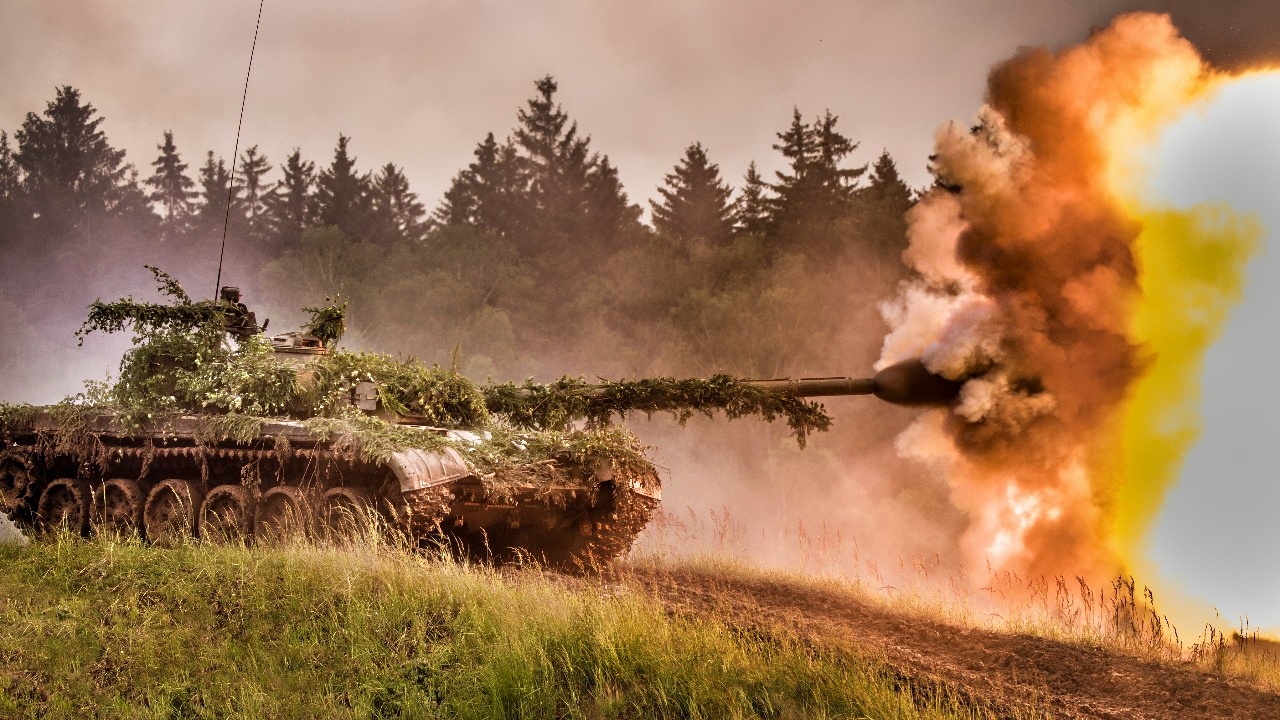
T-72 Like Those Fighting in Ukraine.
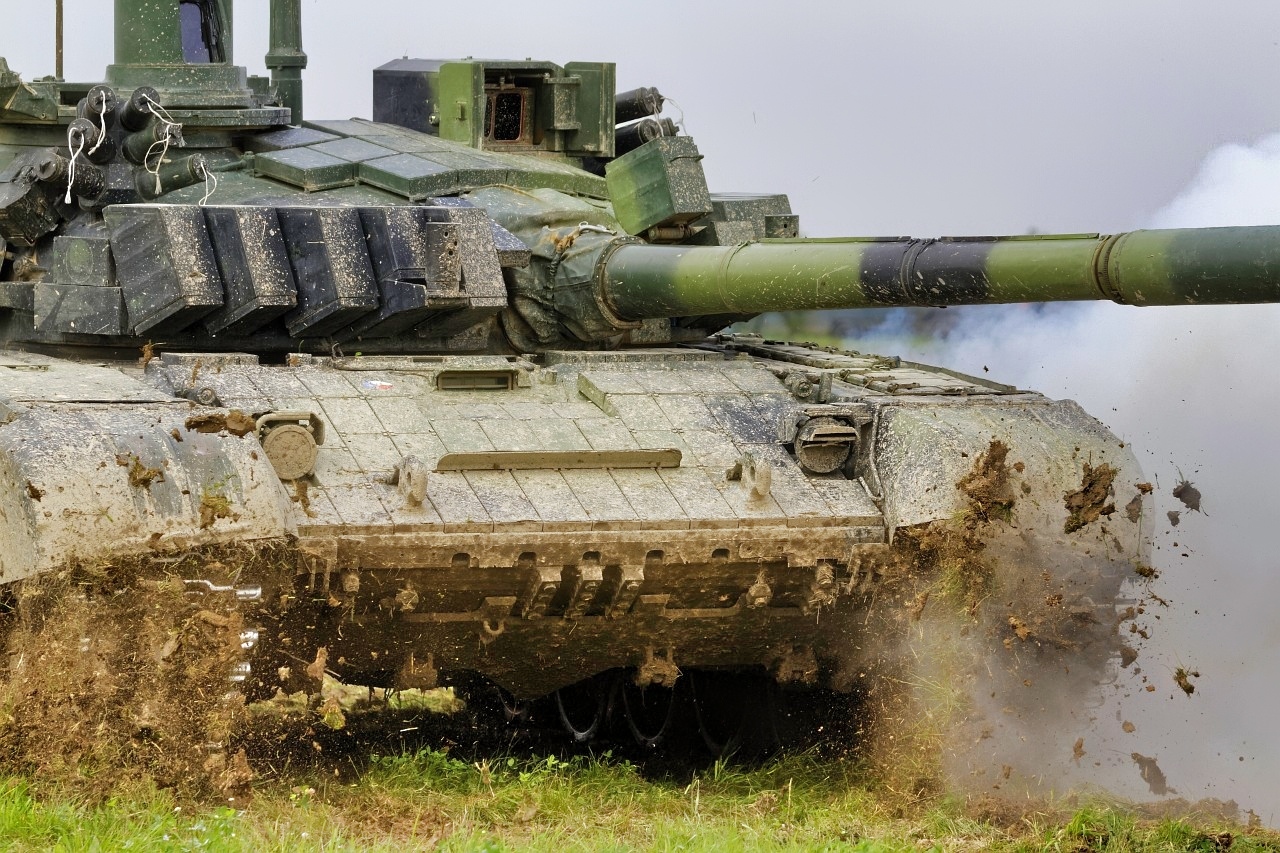
T-72 Tank. Image Credit: Creative Commons.
Another document shows a 10-year-contract supplying cold bore-sight tubes to enable conversion of up to 828 older T-72As and T-72Bs (including the B1, B1K, BA and BK subvariants) into T-72B3Ms, the most advanced Russian T-72 model. Most (498) are procured in the 2027–2029 timeframe.
Finally, Frontelligence uncovered plans suggesting shoestring procurement of 86 autocannon-armed BMPT Terminators tanks between 2027–2036. Only 20-30 of these unorthodox anti-infantry assault tanks have been built until now. The order suggests interest in fielding Terminators on a limited special-purpose basis, perhaps in urban combat zones.
The documents don’t reference procurement of T-14 Armatas, the tank once intended to succeed the T-72/T-90 family.
But how many of these are new tanks, not just upgraded ones?
Western analysts have generally assessed most T-90Ms delivered aren’t new builds, but rather upgrades of older T-90A tanks—possibly at a 3:1 ratio. However, Frontelligence’s leaked documents include a breakdown of the planned new-vs-refurbished tanks for 2027–2029: 353 modernized or overhauled T-90M/M2s to 765 new vehicles. That’s a 2:1 ratio of new-built T-90Ms.
If we expand to the 10-year plan and assume every T-90M precured post-2029 is a new-build, and combine that with rebuilt T-72B3Ms, that would still suggest at least 45% of the 2,611 tanks are upgrades or overhauls.
It remains notable that Russia plans to convert older T-72Bs, not just older T-90s, into T-90M2s, as Russia retains far more T-72Bs. The convertibility isn’t entirely surprising, since early T-90s had mostly the same hulls. Still, overhauling T-72Bs into modern T-90Ms is likely to be more expensive and time-consuming.
Can Russia Actually Rebuild its Tank Fleet that Quickly?
Western estimates of Russian tank production have changed significantly over the last year. An IISS report in 2024 assessed that over the war’s first 27 months, Russia had delivered only 231 to 267 tanks. It is estimated that only dozens were newly built annually, and that production might reach 90 tanks annually by 2025.
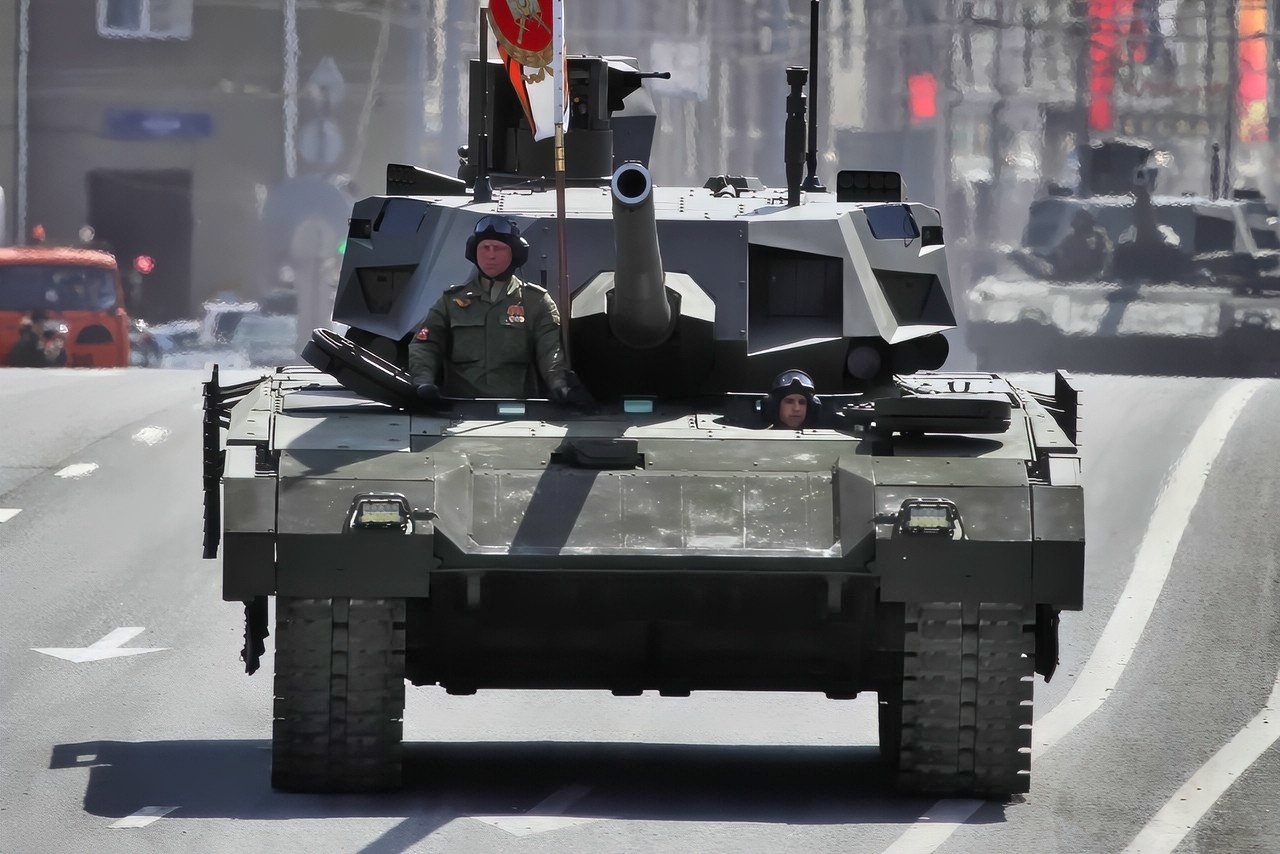
T-14 Armata Tank from Russia. Image Credit: Creative Commons.
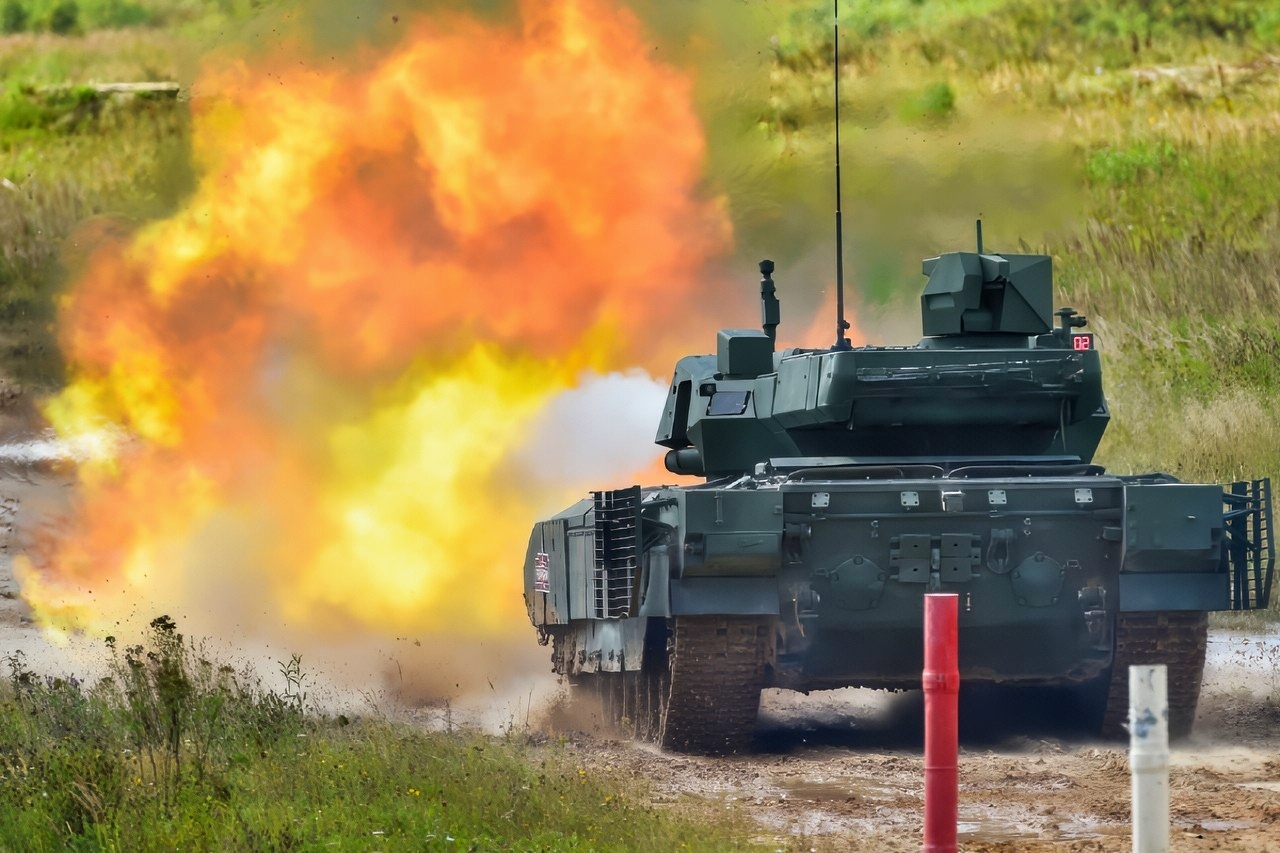
T-14 Armata Tank Russian Army. Image Credit: Creative Commons.
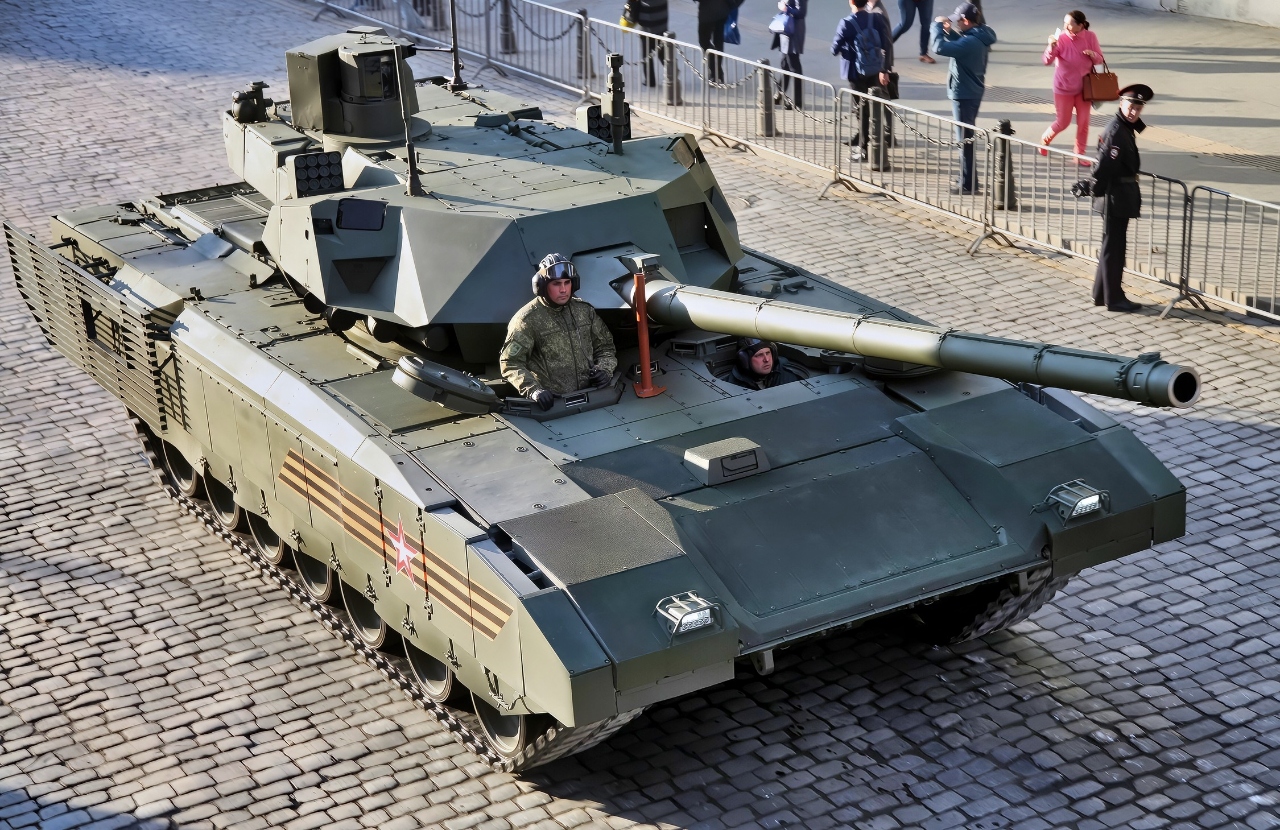
T-14 Armata Tank Russia. Image Credit: Creative Commons.
However, in June 2025, a report by Ukrainian open-source group Conflict Intelligence Team disputed assessments of slow T-90M production, arguing that the factory had demonstrated greater capacity for building export tanks in the 2000s, and that Russia was underreporting T-90M batch deliveries considerably. Their reports concluded 250-300 T-90Ms were built in 2024 (Frontelligence asserts 240), and a total of 540-630 between March 2022 and June 2025.
At those rates, it’s far more plausible that production could reach 400 annually by 2029, as the document outlines. It’s known that Moscow has invested in increasing production capacity by paying for additional machinery and work shifts.
Some factors could negatively impact output. Defense industries commonly overpromise how quickly and affordably they can execute orders. Sanctions-induced shortages of foreign-built components could cause unforeseen supply chain bottlenecks. The additional effort required to overhaul older tanks could consume more time and resources than anticipated. And the uncertain duration of hostilities in Ukraine poses another uncontrollable variable.
Does Russia Have a New T-90M2 Model in Development?
The only distinction between the T-90M and T-90M2 discernible in the documents is that T-90Ms are converted solely from T-90MA, while a wider array of tanks are apparently convertible into T-90M2s: T-90As, but also T-72B3s, B3Ms, and even older T-72Bs and B1S.
In terms of timelines, the only distinguishing data indicates 10 engine sensors for M2s in 2026, and 31 by 2027. So T-90M2s won’t overtake T-90M production soon.
“There’s a debate on what the M2 designation will mean,” Kofman told NSJ. It could indicate an advanced new model—or it might reflect a more bureaucratic distinction, like the nearly identical American P-51B and P-51C fighters during World War II, which came from separate factories.
The M2 might be optimized for more straightforward conversion, lower costs, and faster production speed, rather than greater performance. Conversely, it could feature upgraded components, such as systematic inclusion of the improved Arena-M active protection systems (APS), which can detect and automatically seek to disable incoming attacks.
While T-90Ms have supported Arena APSs for years, in practice, only small numbers have equipped the system. High costs and difficulties in acquiring key foreign components likely explain why integration has lagged despite the considerable potential to improve survivability.

Russian T-90 Tank. Image Credit: Creative Commons.
Any form of T-90M2, however, will surely incorporate modifications already begun in recently delivered T-90Ms intended to increase resilience against drones. These include built-in fittings for cage/slat armor and tweaked placement of explosive reactive armor, particularly on rear and top surfaces.
Russia’s Genuine Ghost Tank (Nobody’s Seen It in Combat)
Only one exposed document obliquely mentions the next-generation T-14 Armata tank. The Armata’s absence from these plans is glaring, though not surprising given statements by senior officials.
Grandly unveiled in 2014, the T-14 boasted avant-garde design concepts, most notably an uncrewed turret improving crew protection. But despite deliveries of a few dozen T-14s, they haven’t been mass produced or observed deployed in combat, despite reports of cautious combat tests in 2023.
Moscow clearly calculated that the inevitable loss of prestige from losing T-14s in battle outweighed the benefits of combat-testing them. Likely, the design exhibited technical immaturity or high maintenance needs that made operational fielding impractical. Lost access to critical foreign-built components, dating back to 2014, may have made cost-efficient serial production impossible.
If Moscow is truly planning to build 2,000 more T-90Ms through 2035, that would put on hold any notion of recapitalizing the tank fleet with T-14s, even if some development work continues in parallel.
Besides, in another decade there may be a better understanding of how tanks, and armor-centric maneuver warfare in general, can successfully evolve in response to the dense drone threats observed in Ukraine.
Until then, the documents suggest that Moscow wants thousands more tanks, along the lines of the T-90Ms and T-72B3Ms already in service, prioritizing mass production over Armata-style reinvention.
And because Russia’s upscaling of tank production outstrips earlier Western estimates, that could occur faster than initially thought.
About the Author: Defense Expert Sebastian Roblin
Sebastien Roblin writes on the technical, historical, and political aspects of international security and conflict for publications including The National Interest, NBC News, Forbes.com, and War is Boring. He holds a Master’s degree from Georgetown University and served with the Peace Corps in China. Roblin is also a National Security Journal Contributing Editor.
More Military
The U.S. Air Force’s B-52 Bomber and F-35 Fighter Have A Message for Venezuela
Russia’s Mach 4.3 MiG-41 Stealth Fighter Has a Message for the U.S. Air Force
Forget the F-35: The MQ-25 Stingray Might Be the Navy’s Best ‘Weapon’ Against China
Forget the F-35 of F-47: The GCAP 6th Generation Stealth Fighter Is Coming
U.S. and 9 Allies Just Held a Big Naval Exercise Right on China’s Doorstep


